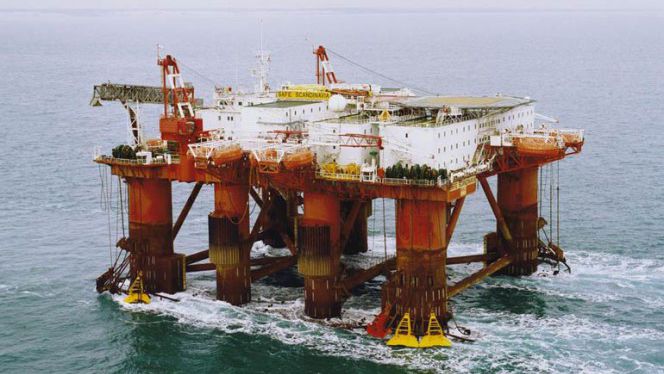Sweden Considers Rigs and Cruise Ships for Refugees

The Swedish Migration Board is running out of refugee housing on land, and is considering seaborne sources of shelter: cruise ships and offshore facilities.
The board's accommodations manager, Willis Åberg, told Swedish media that he expects several thousand beds from the cruise ship plan, with vessels of 200 to 1500 passenger capacity moored in large Swedish cities.
Harbors could include Stockholm, Gothenburg, Malmö, Oskarshamn, Uddevalla and Gävle.
Contract tenders are expected in December and Åberg says that company interest is high, including major operators. While wear and tear on passenger quarters will likely increase over the usual level, the vessels will not be in transit and the companies would save considerably on crewing, fuel costs and engine maintenance.
Following contracts, site surveys and local approvals from harbor authorities, the vessels could be in place and accepting migrants as soon as July.
In addition to cruise ships, the board is considering a more utilitarian maritime shelter: offshore oil rig accommodations platforms. In an environment of declining exploration and rig utilization as oil prices fall, there is significant interest from rig companies for platform leases, Åberg told media.
While the board did not provide specific information about potential rigs, many North Sea offshore platforms and flotels have large accommodations capacity. The Rowan Viking jackup platform serving the Edvard Grieg site can house 120 people; MSV Regalia, a flotel used for additional beds during renovation of Sweden's Draugen rig, has beds for 280; and Prosafe's Safe Scandinavia, currently in shipyard in Norway, has room for nearly 600.
As it struggles to find living quarters for thousands of permitted migrants, the board has taken other unusual steps to find shelter capacity, including housing at a luxury ski resort some 120 miles north of the Arctic Circle.
Åberg previously told media that an earlier plan for temporary housing on public and private lands faces difficulty due to a shortage of tents.
